Weekly recaps

Recap / Best of Last Week—Wave activity on Titan, safety of autonomous vehicles, genetic link to coffee drinking
It was a good week for space science as an international team of astrophysicists studying data from the James Webb Space Telescope observed a mature quasar at cosmic dawn, which they described as a black hole of inexplicable ...
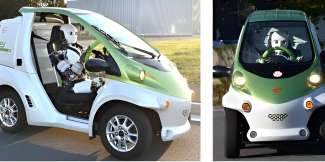
Recap / Best of Last Week—Frost on Mar's tallest volcanoes, a car-driving robot and risk equations for lowering statin use
It was a good week for space science, as an international team of researchers used high-resolution color images from the Bernese Mars camera CaSSIS onboard the European Space Agency's ExoMars Trace Gas Orbiter spacecraft ...
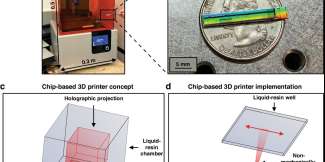
Recap / Best of Last Week—Gravity existing without mass, a chip based 3D printer and the driver of IBS discovered
It was an interesting week for physics research as Richard Lieu, a professor at the University of Alabama, proposed that gravity can exist without mass, mitigating the need for dark matter in hypothetical theories that have ...
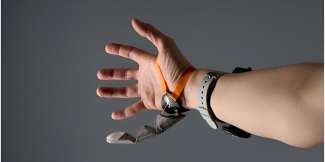
Recap / Best of Last Week—New technology to identify fossils, adapting to an extra thumb, new ideas on cancer cause
It was a good week for the study of ancient creatures, as a team with members from Germany, the U.S. and Australia, applied a new type of technology to existing fossil finds. Called zooarchaeology by mass spectrometry, the ...
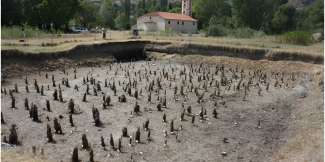
Recap / Best of Last Week—Dating using cosmic rays, mitigating hallucinations in LLMs, mind wandering linked to memory
It was a good week for human history research as a team of archaeologists at the University of Bern accurately dated a 7,000-year-old prehistoric settlement using cosmic rays. By combining tree ring growth with an unusual ...
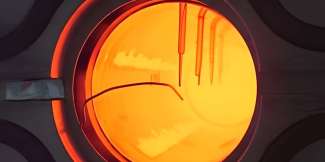
Recap / Best of Last Week—Merging twin quasars, using solar to generate heat over 1,000°C, new brain-computer interface
It was a good week for space research, as a NASA team working on the Juno space probe project published high definition views of Europa's icy shell—the images support a theory that the icy crusts at the north and south ...

Recap / Best of Last Week—Kibble or meat for dogs, collecting lithium from wastewater, health benefits of olive oil
It was a good week for the biological sciences, as a team of researchers in the U.S., led by groups from Oklahoma State University and the University of Florida, explored which is better for your dog, kibble or raw meat, ...

Recap / Best of Last Week—Combining classical and nuclear physics, robot pollinators, stevia most brain compatible
It was a good week for physics, as a team from the Vienna Center for Quantum Science and Technology, working with the National Metrology Institute Braunschweig reported that classical quantum physics and nuclear physics can ...

Recap / Best of Last Week—new evidence for Planet 9, printing a house, a new way to deliver antibiotics
It was a good week for space science, as a small team of scientists from the California Institute of Technology, Université Côte d'Azur and Southwest Research Institute reported possible new evidence of Planet 9. They found ...
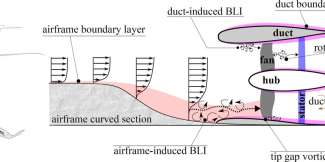
Recap / Best of Last Week—When cosmic rays streamed through the atmosphere, silent flight, end of vaccine boosters possible
It was a good week for space research as a team with members from several institutions across the U.S. studying data from the James Webb Space Telescope pinpointed a possible aurora on a cold brown dwarf caused by methane ...
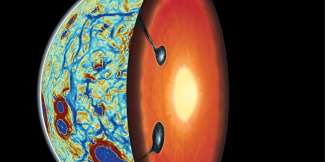
Recap / Best of Last Week—gravity free technology, recreating the Holodeck, why the moon is lopsided
It was a good week for physics research as a team at the Quantum Machines Unit at the Okinawa Institute of Science and Technology developed a new material with the potential to unlock gravity-free technology. Their device ...
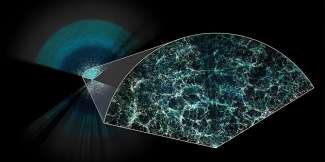
Recap / Best of Last Week—largest 3D map of universe, obscuring images for privacy, stool transplants help with Parkinson's
Using data from the Dark Energy Spectroscopic Instrument, multiple teams of researchers have created the largest-ever 3D map of the universe, which is expected to give future researchers the ability to look 11 billion years ...